Do you want your garden to remain neat and clean? Are you tired of those stubborn dirt mounds that have destroyed the look of your lawn? In either case, you don’t have to worry at all. In today’s article, I will help you out by explaining what causes small dirt mounds in lawn and how to get rid of them.
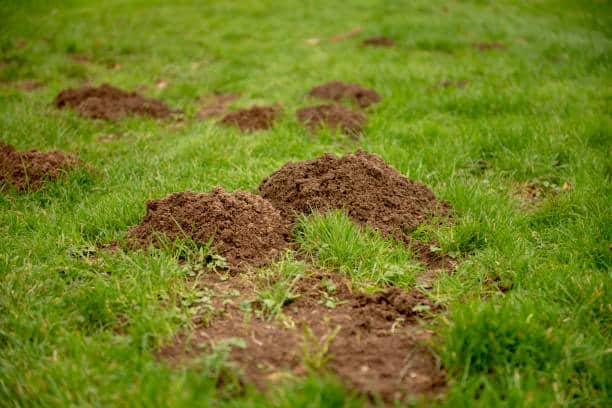
I understand how you have been working hard to maintain the lawn of your dreams. But those nasty little guests are not going to let your dream come true! However, you will be all good to go with a little effort. Read this article till the end to say goodbye to dirt mounds.
Table of Contents
What Causes Small Dirt Mounds In Lawns?
At this point, you will understand what causes small dirt mounds in your lawn. Now you must consider how these dirt mounds get accumulated into a lawn. Here are several reasons why small dirt mounds may form in your lawn.
Insufficient Watering
One reason could be that you are not watering your lawn correctly. If the lawn is not receiving enough water, the soil will become dry and compacted, which can cause small dirt mounds to form.
At the same time, excess watering can also destroy the texture of your lawn and create dirt mounds. For this purpose, it is advised to water your lawn in a balanced way.
Irregular Fertilization
The overuse of fertilizers might often help the weed grow into your lawn. These weeds will, in turn, produce dirt mounds on the lawn. You can notice this in the shape of dirt mounds situated at different points on the lawn.
Discover how to properly fertilize your lawn in this article.
Moles
One possibility is that you may have a mole creating molehills. These moles create small dirt mounds as they tunnel through the soil. They do this by using their snouts and teeth to remove the soil.
These “molehills” might be squirrels gathering up their nuts, or it can be some snails or slug burrowing. If you get to see any of the molehills on your lawn, you first need to determine the main cause behind it. If you are struggling with moles in your garden, here’s the video telling how to stop them from destroying your garden.
Insects
The most common and stubborn culprit behind dirt mounds is usually the earthworms or other tiny insects that we will be discussing in detail in the next section.
What Does Small Dirt Mounds In Lawn Mean?
The meaning of the phrase “small dirt mounds in lawn” is sort of tiny piles of dirt or soil.” To explain it further, I have divided it into much simpler words.
Dirt: Soil, clay, and other matter used for construction or gardening. Mound: A hill or pile of earth, sand, or other material. So basically, they can be seen as small or huge masses of soil or dirt at one place in lawns.
Small dirt mounds in the lawn may indicate a lawn care problem. They may be caused by a lack of aeration, overuse of pesticides or fertilizers, or by an insect or weed infestation.
Now I’m not telling you that you’ve been neglecting your lawn. But there can be other factors that are not letting you take care of your lawn to your satisfaction.
Small dirt mounds in the lawn are not always harmful. If you’re unsure what the mounds mean, it is best to call your local lawn care service to inspect them. Remember, the earlier the inspection, the better and more effective the treatment will be!
How Can You Tell If You Have Small Dirt Mounds In Lawn?
You might be thinking that you have lots of piles of sand in your lawn; now, how can you be so sure that it is a dirt mound? Because there are some good chances that the sand you have been seeing around is actually dirt and nothing else. Let me help you here.
You can check a few things to see if you have small dirt mounds on your lawn. One way to check is to look at the soil surface. If you see small, dark spots, you likely have small dirt mounds. Still not sure? Here are some other things that will clear your doubts
Molehill
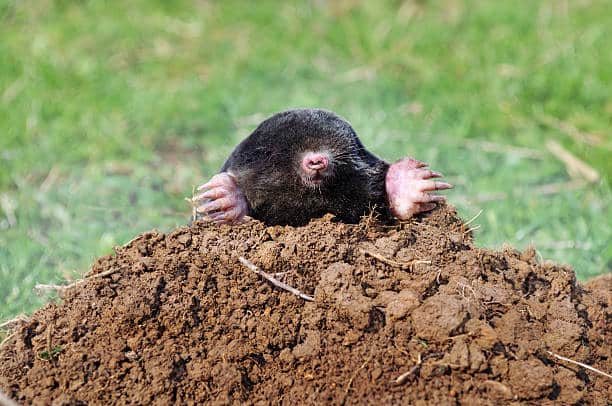
A molehill is a small dirt mound on a lawn. Molehills are common because of the constant visits of tiny guests through the grass. You might usually find them near pathways or in areas where animals have frequent contact with the lawn.
Small animals may act like excavators. What happens is that they might get the dirt out from the ground and make it appear like a mountain sort of structure.
So, if you ever get to see these molehills, don’t take it as a decorative gift, it means this is the time for you to get rid of them and save your lawn from getting destroyed.
Brittle Grass
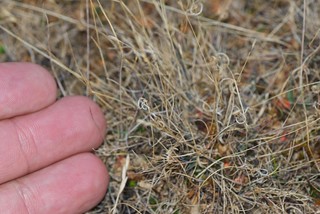
The next thing you need to look for is dead grass or brittle grass on your lawn. The thing is that whenever an excavator comes up into your lawn, there are some probable chances that it might end up destroying all your plant’s roots, including the nearby grass and plants.
Excess Dirt
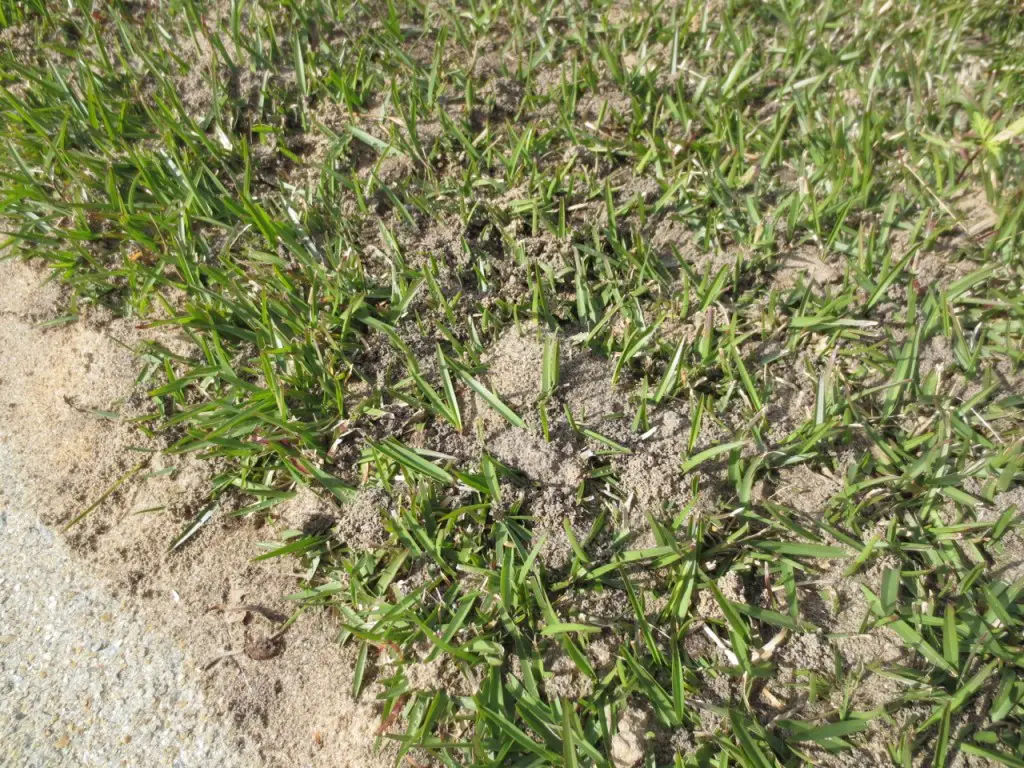
This is one of the most obvious signs that your lawn is getting destroyed. Do you see those huge piles of dirt? This is a definite sign that there is something wrong with your lawn. However, be sure that the dirt is a dirt mound and not ordinary accumulated dust.
What Insects Causes Small Dirt Mounds In Lawn?
Many insects can give your lawn that odd-looking dirt mounds. Here we will be discussing each and every insect one by one. Be careful while checking for them as they might sting you if you intend to harm them.
Earth Worm
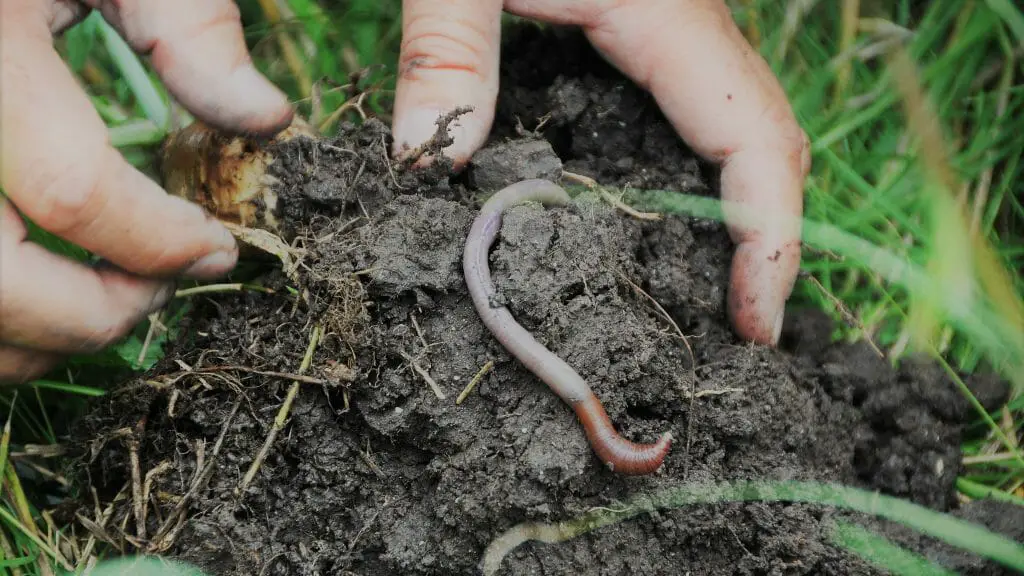
Most usually, when you get to see dirt mounds on your lawn, there are some good chances that it is all because of earthworms. The dirt mounds may seem odd on your lawn, but earthworms are beneficial to the soil.
Dirt mounds produced by earthworms can usually give your lawn a coarse look. However, having earthworms in your lawn means your lawn is healthy and will remain greener.
Earthworms are known to aerate the soil and provide important nutrients to the ground. Their dirt mounds can be tiny and are usually formed because they crawl from one place to another and drop feces. These feces are extremely rich in nutrients and can be used as lawn manure.
Okay, so, frankly speaking, earthworms can be good for your lawn until and unless they are small in number. However, there are chances that they might grow in number in the spring or fall season, and then you will have that distorted dirt mounds all over your lawn.
African Black Beetle
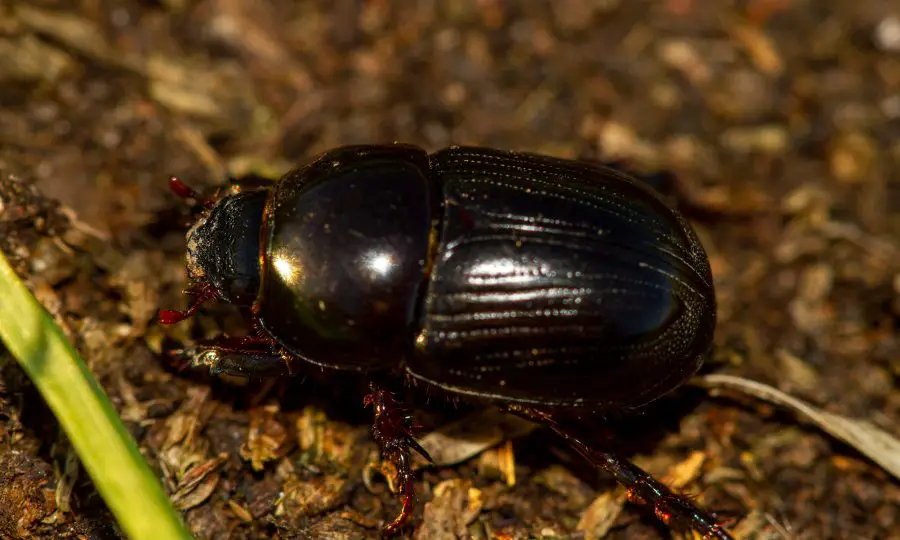
Besides earthworms, there is another major culprit for causing dirt mounds. It is believed that black lawn beetles usually target the lawns in the early spring season. Moreover, most of their damage is caused during their larva stage.
They actually get into your lawn’s soil and make tiny tunnels through it. They often look for chewy grassroots and, most importantly, immature shoots. During this process, they tend to create dirt mounds that are highly unappealing.
While getting their selves burrowed into the soil, they might often move forward and backward, therefore, creating unusual dirt mounds, and they are not very easy to spot; they hide their larva deep underground, so you might not be able to reach them in most cases.
Ants
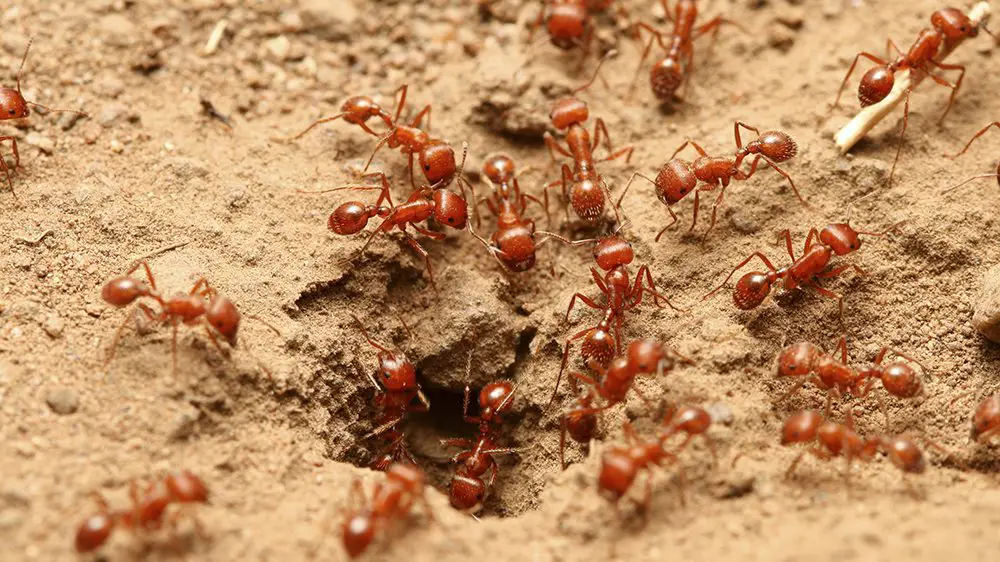
Another cruel culprit behind dirt mounds is fire-red ants, and these tiny monsters are just impossible to find. They can disappear in just a few seconds into the soil.
Just as they are the quickest to travel, in the same way, they are the fastest to grow. They can literally acquire the whole lawn in merely a few minutes. The mounds created by them are somehow tall and might not be easy to spot until you have a huge infestation of them over your lawn.
The most common sign for identifying a dirt mound by ants is the mound’s shape. A dirt mound created by ants might have this irregular shape. Another major identification mark is that there would be no visible entrance holes on either side of the mound. Lastly, the mounts might appear fluffy and smooth in texture.
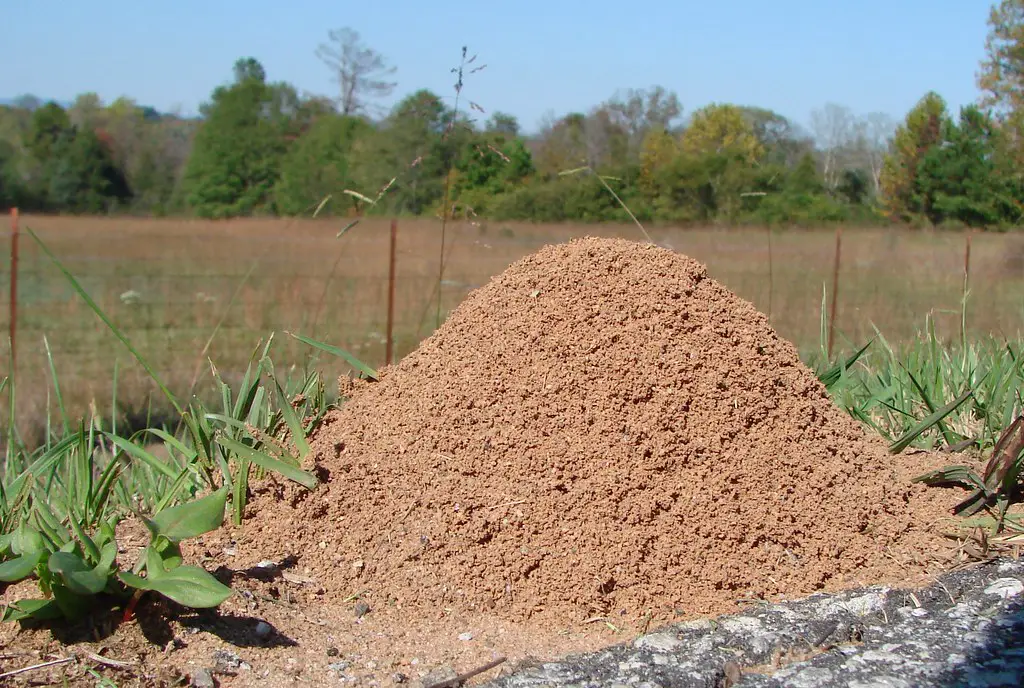
However, here is another interesting thing about these ants. They might help in getting rid of pests on the lawn. Ants usually don’t damage your lawn too much, but the soaring mounds they make are indeed very irritating.
You don’t have to worry about how you will get rid of these scavengers. Read on to the next section to know all about getting rid of dirt mounds on your lawn.
How to Get Rid Of Mounds In Lawn Using Home Remedies?
Often you might not go to the nursery and purchase the proper pesticide or even get a professional to do the work. In this instance, you can use home remedies to remove the dirt mounts accumulated in your lawn. Let’s have a look at the first home remedy.
Use a Repellant

Here is the easiest one is to prepare at-home repellent. All you have to do is mix six ounces of castor oil and two tablespoons of dish soap. You can mix four tablespoons of this mixture into a gallon of water.
Pour this mixture into the tunnels and entrances in your yard. The good thing about this repellant is that it’s safe for pets and kids. Make sure to apply it regularly; otherwise, you might not see visible results.
Digging a Trench
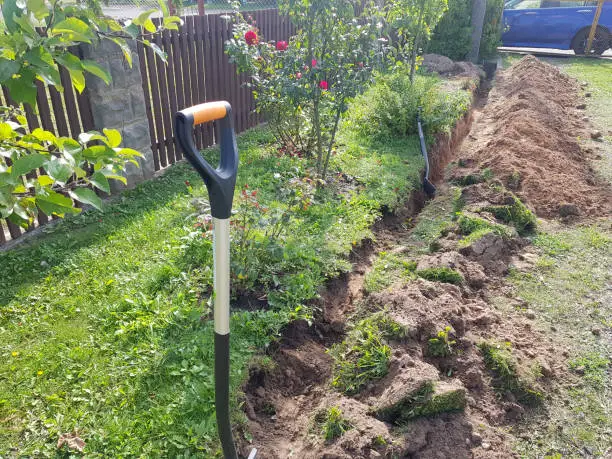
Another thing you can do is dig a trench that is at least 2 feet deep. This would help to protect your lawn and garden. By doing so, you will mark your human-made territory. Further, fill this trench with rocks so none of the moles could form burrows. The process is time-consuming, but the results are worth it.
How To Get Rid Of Mounds In Lawn The Professional Way?
If you have a hectic schedule and you still want to get rid of the dirt mound on your lawn, then you can contact a professional. These people are experts and will formulate the proper cause and treatment for your lawn. Here are some of the few things these professionals might do.
Applying Mole Control Annually
Most of the services might prescribe an annual mole control program. Honestly speaking, it is just nearly impossible to completely get rid of moles. However, with the help of professional services, you will annually get your garden checked for moles which will help to have a healthier lawn throughout the year.
Grub Control
Another most common treatment professionals might go for is granular lawn treatment. This treatment basically eliminates the food source for the moles that tend to create dirt mounds. The process is fast and easy to administer.
What Things to Consider Before Getting Rid of Mounds in Lawn?
You should consider a few things before getting rid of small lawn mounds. First, you should determine the cause of the mounds. Second, you should determine how much time you have to get rid of the mounds.
If you have a lot of time on your hands, it is best to wait until summer, when you can get rid of the mounds with a shovel. If you have a small amount of time on your hands, you should try to get rid of the mounds as soon as possible.
Third, you should consider the type of grass you have on your lawn. If you have a lawn with some types of grass growing together, it is best to wait until the grass is cut to get rid of the mounds.
Final Words
To sum it up, getting rid of dirt mounds can be a labor-intensive task. It requires time and a lot of patience. Before doing anything, make sure you know the cause behind the mounds forming on your lawn. Also, be careful if you are dealing with insect mounds. If you aren’t sure about what to do with the dirt mounds on your lawn then get some professional advice.
- What Are The 7 Best Plants For Offices? - June 18, 2023
- 7 Best Herbs to Grow at Home - June 12, 2023
- 4 Steps on How to Efficiently Install a Hose Reel (Expert Guide) - June 8, 2023

In the small dirt mounds in my area; backyard, they are full of wasps and hornets! this happens every 4 yrs or so. We had a mild winter but too much rain! Now we are in a dry spell; thank God or fire activity until mid May.
What can I use; organically to rid my lawn of these wasps??? I have cats; mine and othrs that go outback on the lawn.
Many thanks.
Hi Maureen,
There are several organic ways to get rid of wasps in your lawn. You can try planting wasp-repelling plants like mint, eucalyptus, citronella, and/or wormwood. You can also try hanging wasp traps which are one of the most common and effective ways to get rid of wasps in your yard. I recommend the TrapStik for Wasps, Mud Daubers, Carpenter Bees – 2 Pack which a number of people have had great success with, or you can use the Disposable Wasp Traps which are also very effective. Another way is to keep your yard tidy by eliminating sources of standing water, cleaning up fallen fruits, making sure your trash cans are emptied regularly and sealed, not leaving pet food out, and sweeping up yard debris.
You can also try using diluted dish soap which is an effective way to kill wasp nests in the ground as well as to eliminate grub worms in lawn areas.
I hope this helps! Let me know if you have any other questions.